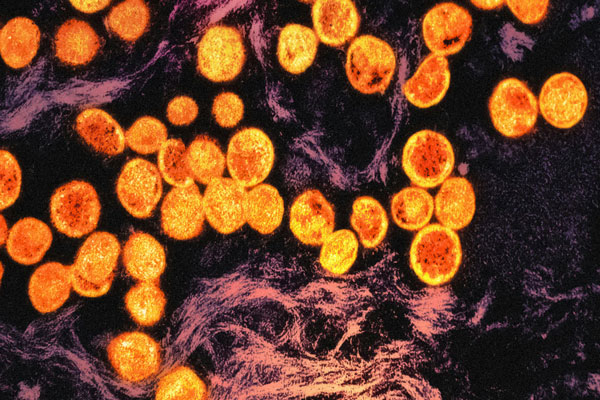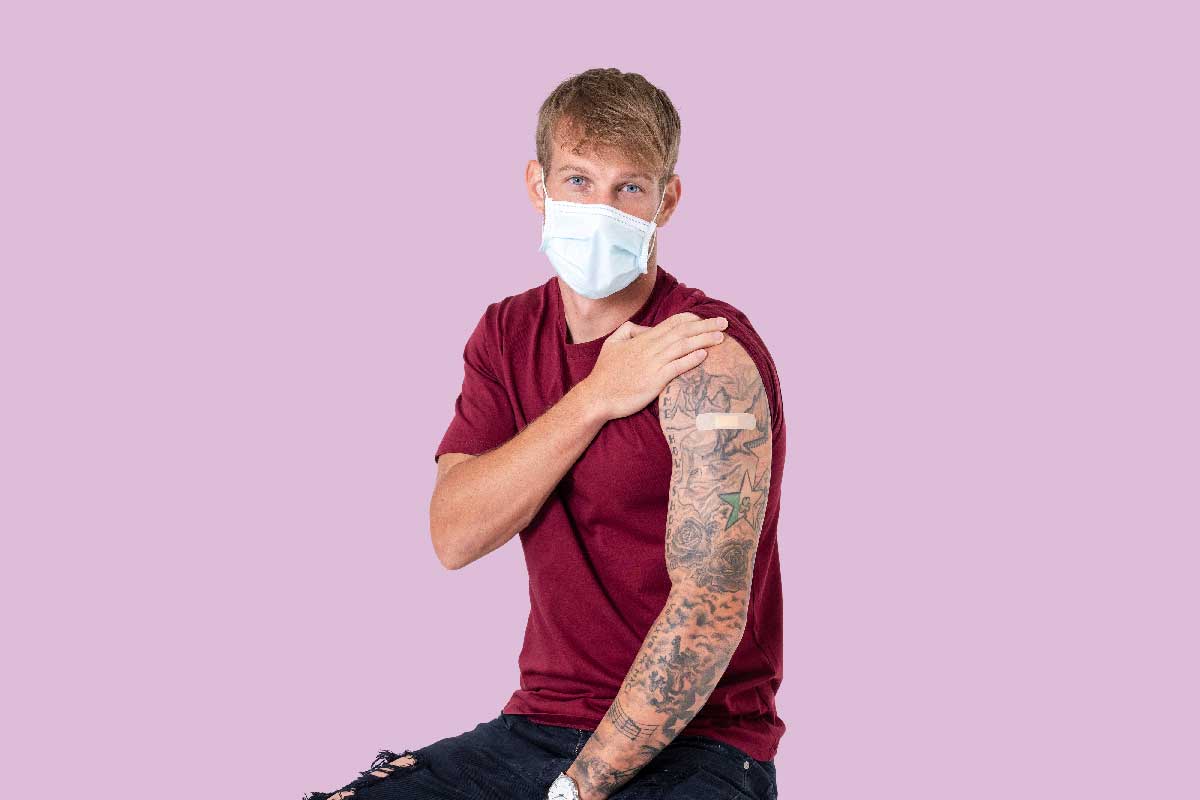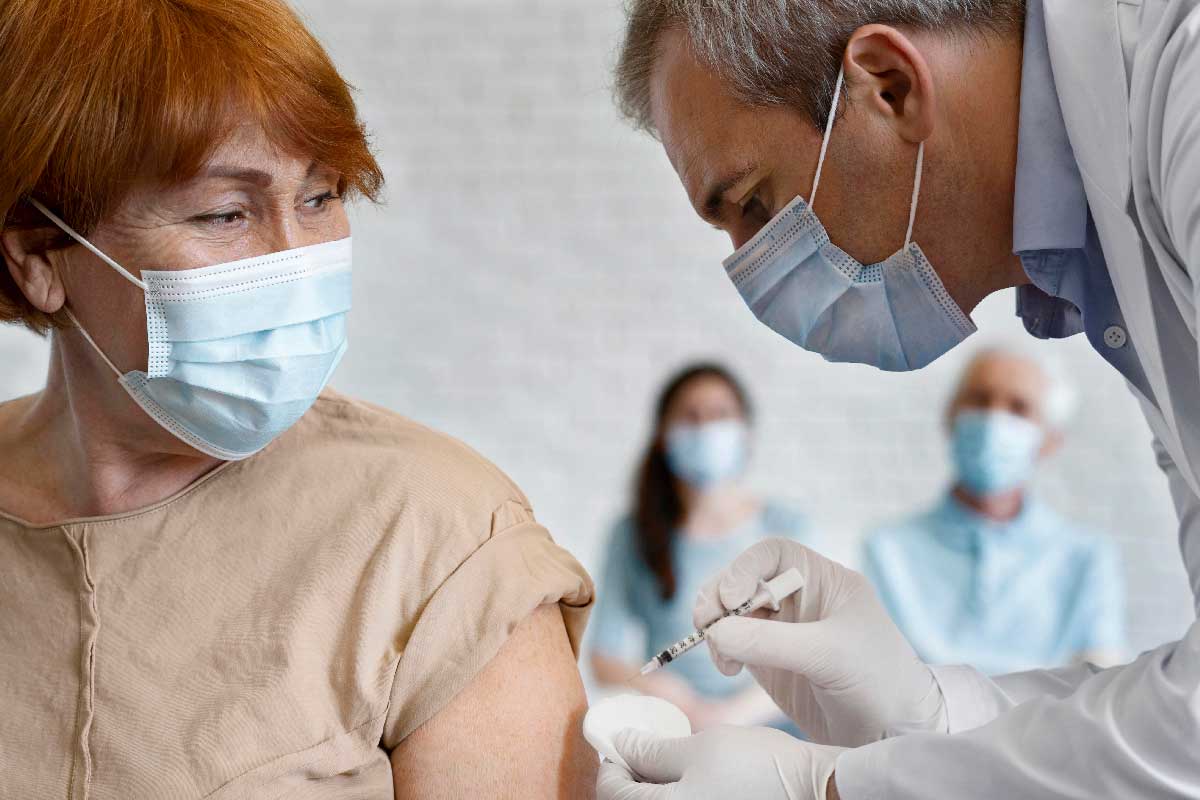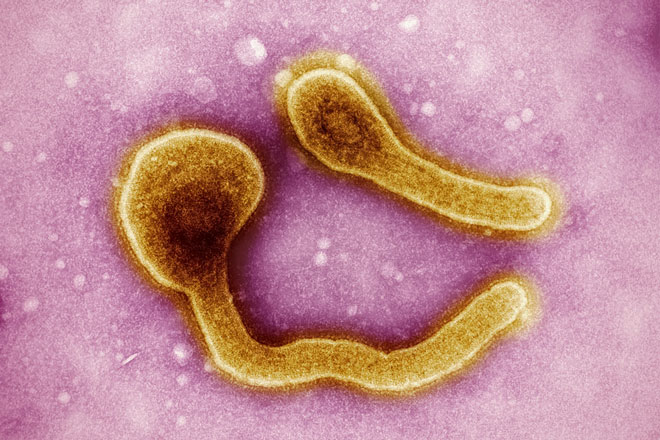What is COVID-19 and how is it spread?
With nearly 550,000 people infected, almost 25,000 dead, and hundreds of millions in lockdown across the globe, the coronavirus pandemic has brought the world to a standstill. But what do we know about COVID-19 and what can we do to fight this pandemic?
- 27 March 2020
- 4 min read
- by Priya Joi
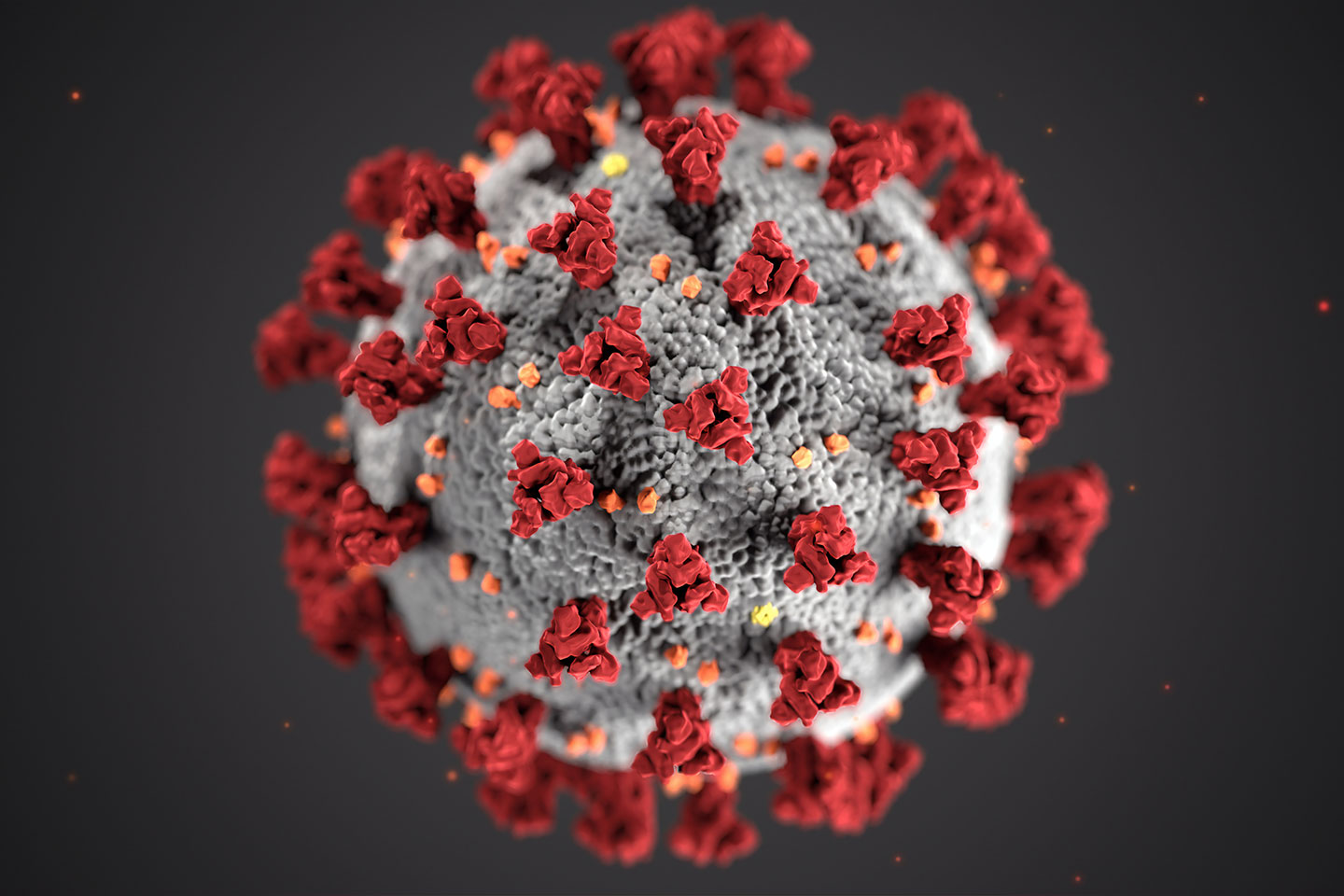
COVID-19 is a serious global infectious disease outbreak with nearly 550,000 cases and around 25,000 deaths worldwide. It is part of a family of viruses called coronaviruses that infect both animals and people. This particular one originated in China at the end of 2019, in the city of Wuhan, which has 11 million residents. In the past two decades coronavirus outbreaks have caused global concern, including one in 2003 with the Severe Acute Respiratory Syndrome (SARS) and more recently in 2012 with the Middle East Respiratory Syndrome (MERS).
COVID-19 can cause symptoms very similar to the flu – fever and a dry cough (the two most common symptoms), fatigue, aches and pains, and nasal congestion. As the pandemic spread around the world, other symptoms such as a loss of sense of smell or taste have emerged – these are not yet conclusive evidence of infection with the new coronavirus, and the World Health Organization is investigating this.
Severe cases can lead to serious respiratory disease, and even pneumonia. Those most at risk are the elderly, or people with underlying medical issues, such as heart problems or diabetes. According to the most recent global numbers (27 March 2020), 14.8% of people over 80 years old, infected with the virus, have died from it, compared with 0.4% in people aged 40-49% and none in children under 9 years. The situation across countries is rapidly changing and these numbers will continue to change as the pandemic shifts.
Despite most deaths still being in older people, it is clear that many young people with the virus can still develop serious infection that requires hospitalisation.
The evidence so far indicates that the virus is spread from person to person through small respiratory droplets. When a person coughs or sneezes, these droplets can also land on nearby surfaces. There is also evidence that the COVID-19 virus can last on surfaces – especially plastic or metal – for up to 3 days. This is why advice to avoid catching COVID-19 has focused on handwashing with soap, the use of alcohol-based hand sanitising gels and keeping a distance from people who are symptomatic.
While many people can be seen to wear masks, especially on public transport, the World Health Organization (WHO) says that you only need to wear a mask if you are unwell or looking after someone who is sick and is in addition to the important measures above
IS THERE A TREATMENT OR VACCINE?
Right now, there are no antivirals or vaccines to treat or prevent COVID-19, although there are at least 44 potential coronavirus vaccines in development. Several antivirals, including those against flu and HIV are being tested to see if they could be used against the new coronavirus, as is chloroquine, a common antimalarial.
Even in an emergency, vaccines can take a long time to develop – no matter how quickly researchers race through the initial phase of identifying candidate vaccines and getting their vaccines into clinical testing. This is because taking the vaccine through the rigorous stages of testing for safety and efficacy can normally take several years. And it is still unclear whether the COVID-19 outbreak will have peaked before a vaccine can be rolled-out.
HOW BAD IS THIS PANDEMIC?
COVID-19 is a new coronavirus, which means that it is likely no-one has natural immunity to it. Coronaviruses such as MERS-CoV and SARS are on watchlists of infections with pandemic potential, along with Ebola and influenza. Since it began, COVID-19 has spread worldwide, leading the WHO to label it a pandemic and a “public health emergency of international concern.”
Based on available evidence, COVID-19 appears to have a fatality rate of 4.4%, much lower than 10% for SARS and around 30% for MERS-CoV. Yet this is not a reason to relax containment and control measures.
COVID-19 is more contagious than either SARS or MERS-CoV, and crucially, can be spread undetected. This is because many people with COVID-19 are either asymptomatic or have very mild symptoms, so they may not be adequately isolating themselves, and spreading the infection. Most countries around the world are now on lockdown to avoid spreading the virus any further, and allowing “a flattening of the curve” meaning avoiding cases from spiking and overwhelming health systems.
